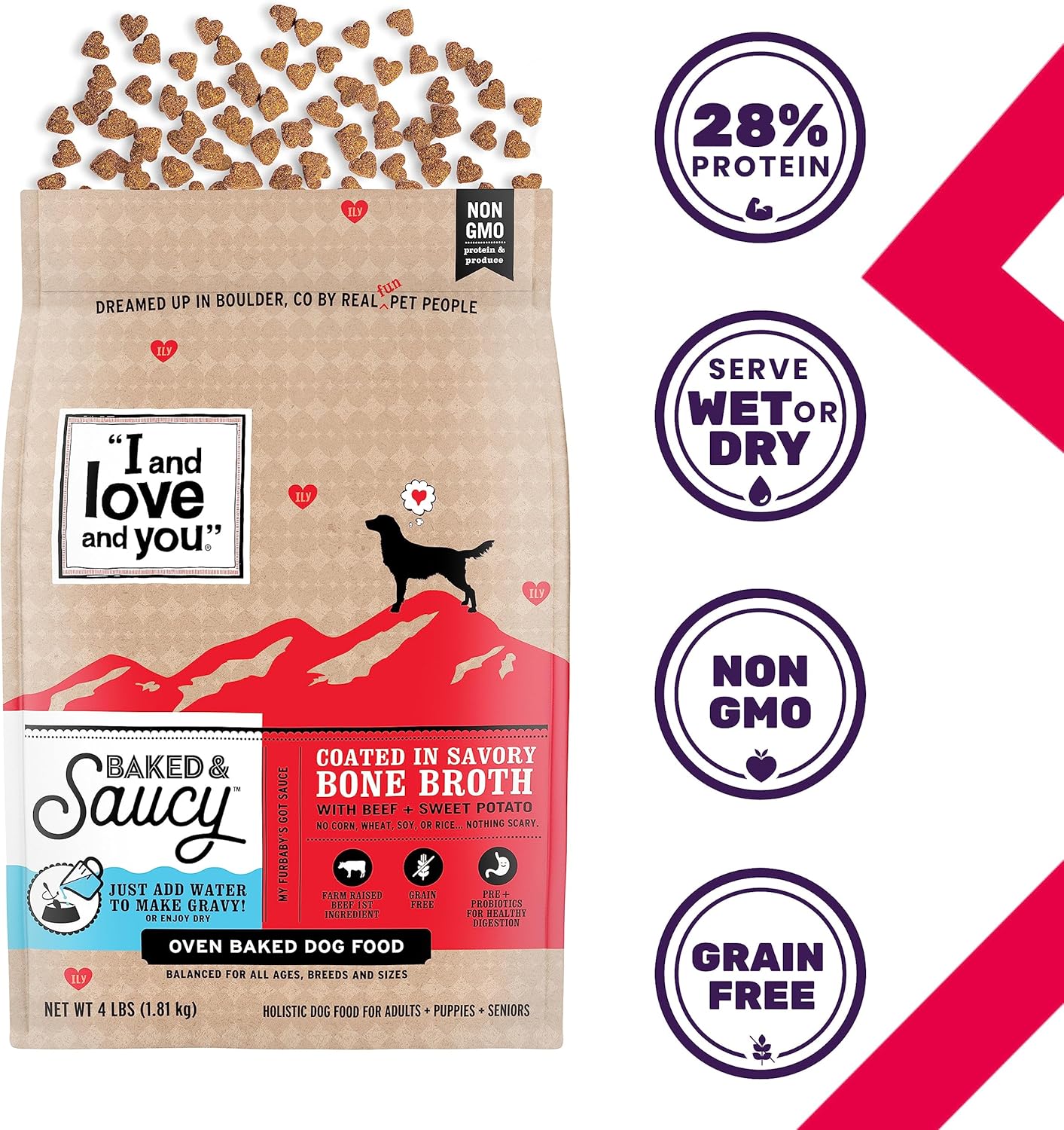






The Ultimate Guide to Nutritional Dog Food: Healthy Eats for Your Furry Friend
When it comes to your beloved pet, ensuring they receive the best nutrition is crucial for their overall health and happiness. In this guide, we’ll explore nutrient-packed dog food options that keep tails wagging and bodies thriving.
Why Choose High-Quality Dog Food?
When you think of dog food, what comes to mind? If you picture a bag filled with unrecognizable ingredients, it’s time to reconsider. A high-quality dog food formula should prioritize real, natural ingredients. These formulations can enrich your dog’s life in numerous ways:
- Improve Digestion
- Boost Energy Levels
- Enhance Coat Health
What Ingredients Should You Look For?
Before purchasing your next bag of dog food, it’s important to know what to look for on the label:
1. Meat as the #1 Ingredient
Real meat should take the spotlight in your dog’s diet. High-quality protein sources, like beef or chicken, are vital for developing and maintaining strong muscles. Look for formulations that emphasize this nutritional essential upfront.
2. Grain-Free Formulas
Many dogs thrive on grain-free diets, especially those sensitive to certain grains. Choosing a grain-free option ensures you’re avoiding ingredients like corn, wheat, rice, and oats, which can lead to discomfort or allergies.
3. Non-GMO Ingredients
Opt for foods made with non-GMO vegetables and proteins. This means everything your dog consumes is wholesome and free from any artificial modifications. It’s a return to basics, just like nature intended.
Understanding Protein Content: Why It Matters
How Much Protein Do Dogs Need?
Dogs require a varied diet that includes a significant amount of protein. Look for options that provide at least 28% protein. This high protein level supports energy and muscle development, making your furry friend active and healthy.
Benefits of Protein-Rich Diets
- Muscle Development: Strong muscles are essential for your dog’s physical activity.
- Energy Boost: Protein increases energy levels, keeping your dog playful and engaged.
- Overall Health: Helps maintain a strong immune system
The Role of Pre & Probiotics
Why Include Probiotics in Your Dog’s Diet?
A healthy gut leads to a healthy dog! Including pre and probiotics in their food promotes smooth digestion. These mighty biotics aid in breaking down nutrients and keeping your dog’s digestive system in tip-top shape.
Benefits Include:
- Enhanced Nutrient Absorption
- Soothing Digestive Issues
- Improved Regularity
Avoiding Fillers in Dog Food
What Are Fillers, and Why Are They Bad?
Fillers are substances added to dog food that provide little nutritional value—think rice or corn. Not only do they bulk up your dog’s food, but they potentially lead to obesity and lethargy due to overconsumption of empty calories.
Pros & Cons of Non-Filler Diets
Pros:
- Higher nutritional value
- Better digestion
- Lower calorie count
Cons:
- May be priced higher
- Essential to ensure proper formulation to avoid missing nutrients
Serving Options: Wet vs. Dry Dog Food
Can You Serve Both Wet and Dry Food?
Absolutely! Mixing wet and dry dog food can create varied textures and flavors that excite your pet. Wet food can provide moisture, while dry kibble offers crunchiness, contributing to better dental health.
How to Serve:
- Classic Crunchy Bowls: Serve dry kibble for a nutritious meal.
- Savory Broths: Add a splash of warm water to the kibble to create a delectable broth for your dog to enjoy.
Choosing the Right Brand: Factors to Consider
How to Choose a Quality Dog Food Brand?
- Research Ingredients: Look for brands with transparent ingredients.
- Check Reviews: Read customer feedback for real-life experiences.
- Consult a Vet: Don’t hesitate to ask your veterinarian for brand suggestions tailored to your dog’s specific needs.
Conclusion: Nourishing Your Best Friend with Care
Selecting the right dog food is a vital part of responsible pet ownership. Real ingredients, high protein content, and an absence of fillers lead the way towards a healthier, happier life for your dog. By prioritizing nutrition in their diet, you’re also investing in their long-term well-being. So next time you’re in the pet food aisle, remember: your furry friend’s health starts with what’s in their bowl.
FAQs
1. What’s the best way to transition my dog to a new food?
Start by mixing small amounts of the new food with the old food, gradually increasing the new food over 7-10 days.
2. How often should I feed my dog?
Generally, adult dogs should be fed twice daily, while puppies may require more frequent meals.
3. Are homemade diets a good option for dogs?
Home-cooked meals can provide quality nutrition, but it’s vital to ensure a balanced diet. Consulting a vet is recommended.
4. How do I know if my dog has food allergies?
Symptoms of food allergies include skin issues, recurrent ear infections, or digestive problems. If suspected, consult your veterinarian.
5. Is it okay to mix different brands of dog food?
Mixing brands is acceptable, but ensure they are of similar quality and nutrition profiles to avoid digestive issues.

